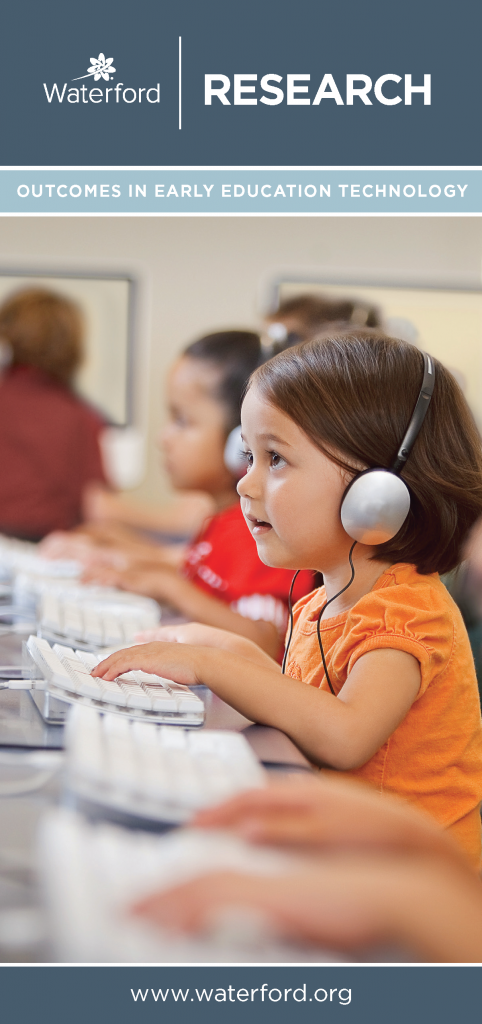
In education, there are always a host of programs and policies clamoring for funding. But of all the options policymakers could invest in, the most worthwhile may very well be universal preschool.
Recently, Nobel laureate James Heckman and his colleagues published a report that makes this point loud and clear. Their research analyzes the long-term benefits of a high-quality early-childhood program in North Carolina targeted at serving disadvantaged children and their families.
According to the researchers’ estimates, the long-term financial impact of the program—from labor incomes of participants, improved health and the quality of life, crime, education, and the labor income of the mothers of the participants through subsidizing their childcare—amounts to roughly a 13 percent annual rate of return.
Heckman and his colleagues show that investing in preschool makes strong financial sense. But that fact alone doesn’t provide states with the funding needed to foot the bill.
Online Preschools Save Money
Preschool is still expensive. The programs examined in the report cost around $18,514 per student per year. Currently, states with preschool programs spend between roughly $1,700 and $16,400 per student per year. Those sticker prices are a big barrier for policymakers, who must weigh preschool against a wide array of other potential government programs while also trying to minimize or reduce taxes and government spending.
Innovation creates new options.
Since 2008, Utah has given its families an alternative to preschool called Upstart. Developed and administered through a state contract with the Waterford Institute, the Upstart program provides four-year-olds with in-home online curriculum.
